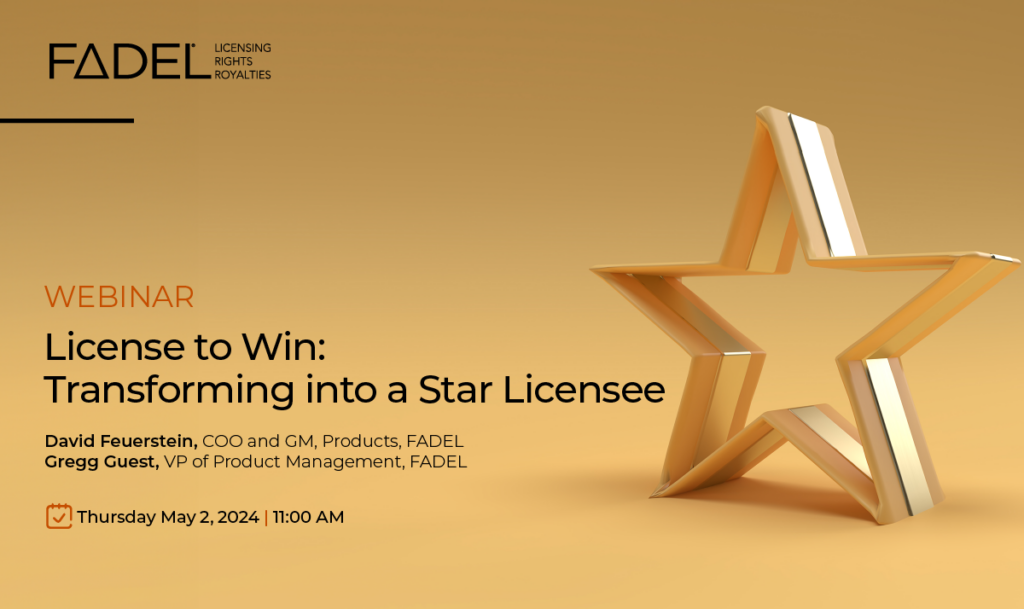
The Rights Lessons from a 23-Year-Old: Managing Media for Millennials

It was the moment a 23-year-old colleague revealed that he has no ambition to own a car that I realized just how far the millennial mindset has shifted. Gone is the desire for possessing and collecting. The car ownership that I yearned for as a teenager has been replaced by Uber and sharing schemes like Zipcar and Car2Go. Live light, use what you need, pay as you use it.
That same approach applies to content. Millennials don’t show off their CD and DVD collections to their friends, of course. Cable TV has given way to Netflix, Amazon, and Hulu; music purchases have been replaced by Spotify; news consumption occurs via social media; and educational content is delivered via electronic learning platforms instead of text books.
All well understood – but what is the impact on content creators and distributors, and the way they manage rights and royalties?
From Consumption to Experiences
“For me a car is a liability. It doesn’t make any sense to own a car any more. I’d have to pay a lot for parking, insurance. I’d only be using the car on weekends,” our millennial informant tells me.
“When you definitely need a car you can get one at the tap of a button on an app. On-demand, 24/7 via Uber or Car2Go. I get a much better deal than if I actually own a car.” Enough about cars. How about content?
“I don’t even know if we have cable at my apartment. I don’t watch TV at all. I just never invested in a TV, because I watch everything on my laptop. I embrace VoD platforms – Netflix, Hulu, and sometimes YouTube. I subscribe to those.”
And it’s not just the business model – experience is crucial for millennials. “The traditional cable TV user interface sucks – I would really have a hard time navigating it. All those buttons on the remote control.”
Publishing and Advertising Turn Social (P.S. That Doesn’t Mean Facebook)
“Social media is the most important source for what I read – including links shared on social media by people that I follow, or groups that I’m interested in.
“With social there’s a lot of user-generated content, but also sponsored content that you end up seeing, which is much more effective than regular ads. When you’re on Instagram going through your feed, if you see an interesting post it may be sponsored but you might still take a look, and it doesn’t bother you to see it there.
“Another thing that’s really interesting is Snapchat – it’s evolved into a great content channel – for example highlighting a featured city every day with user-generated videos from people who live in that city. It’s real and authentic, with people reporting on their daily lives.
“Also in Snapchat they have a feature called Discover. What’s cool about it is that all of the major content distributors are on it… everyone from National Geographic to Vice to Buzzfeed and the Daily Mail.
“For marketers it’s a great distribution channel because you know you have the users’ attention.”
The Impact on Managing Content Rights
It’s clear from our millennial’s day-to-day experiences that content consumption habits are changing rapidly. There’s lots of focus from content creators and distributors on how to reach this audience – hence the launch of Snapchat services and the like.
But often overlooked is the impact on the crucial back-office business processes. If these can’t keep up with the millennials’ wants and needs, there’s a risk that they’ll be underserved and end up going somewhere else.
What are some lessons we can learn from a 23-year-old about managing content rights and licensing?
1. Content Aggregation is Crucial
Millennials don’t do paywalls for news and magazine content. Not because they’re unwilling to pay (the Netflix sub is top of the list) – but because the omnivorous millennials don’t want to be pinned down to any one supplier.
“It’s frustrating if I follow a link and hit a paywall. I don’t subscribe. I like to read the news site from back home, but if I access the website too much from one device they tell me I’ve reached the limit. Still, I don’t subscribe,” explains our millennial.
“Because I get my information from so many sources via social media, it just doesn’t make sense to subscribe to any one provider in particular.”
Lesson One: Licensing in a whole range of content from other sources, then targeting niche interests is the way to reach millennials. The business models will evolve away from a paywall, toward maximizing distribution through licensing and social media. Building an engaged audience will drive better advertising revenues, particularly for sponsored editorial content.
2. Reward Users for Their Content
User-generated content is really important for millennials. And they’d like to be paid for their efforts. “If I contribute to Snapchat, say if they’re running a New York story and I add some content or pictures, and then they put ads around that, I would like to get compensated for that.“
Sites like Medium.com are well regarded by millennials for pursuing this more equitable model.
Lesson Two: Royalty calculations and processing will evolve from paying writers, artists, and professional contributors to calculating a fair slice of revenue to share with amateur contributors based on what they’ve contributed and how much impact it has on page views and ad revenues.
3. Formats, Packaging, and Business Models Change Fast
“We want it on demand. We’re very picky about how we want our content served and the model behind it. The market is changing and will stretch content owners in many ways – they need to be flexible,” our millennial explains.
“The feeling that we’re in control, that we can access this content when we want, that we can subscribe or not subscribe, is great.
“The channels are very important. There will be many new ones. The content will always be there but the formats and channels will keep changing. I’m already looking forward to holographic content!”
Lesson Three: Traditional back office deal management systems for rights were born in the print/analog age and haven’t always adapted well to digital. Huge flexibility is needed for rights-in acquisition deals and rights-out distribution deals to keep up with the demands of new consumers. The entire rights and management process must be able to handle rights for formats not yet imagined, delivered on devices not yet invented.
With the pace of change in devices, platforms, and formats, those fickle millennials probably have to wait long before before they do receive holographic content. The challenge for content companies is to have business processes in place to be ready. If they don’t, new competitors will spring up to meet the needs.
And guess who’ll be running those competitors? It certainly won’t be the boomer generation.









